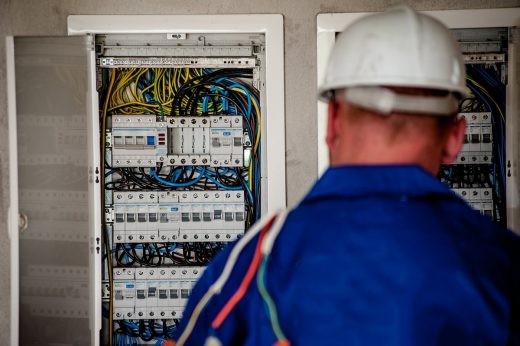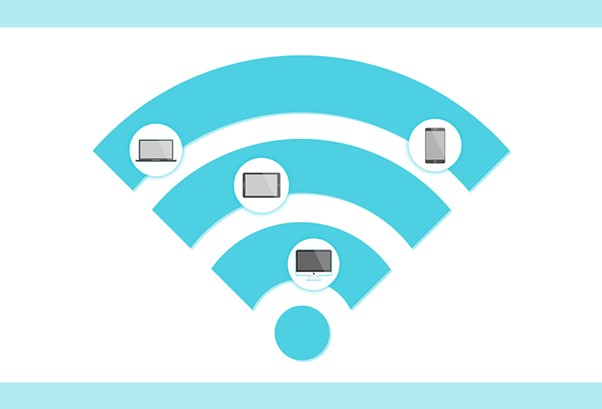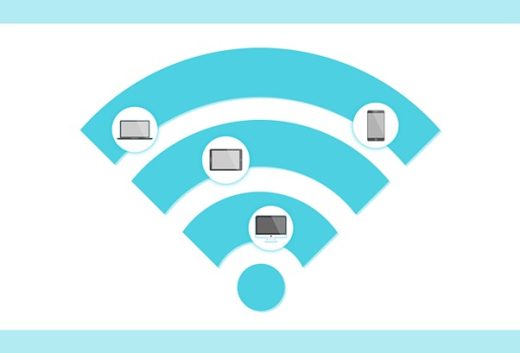Why do WiFi dead zones exist in modern buildings advice, Monitor and maintain networks guide, RF radio frequency waves
Why Do WiFi Dead Zones Exist In Modern Buildings?
18 May 2023
Why Are WiFi Dead Zones Still A Thing In Modern Buildings?
Ever found yourself struggling to maintain a stable Wi-Fi connection while walking around your house or office? Welcome to the dreaded world of Wi-Fi dead zones!
These connectivity black holes, where your devices lose signal or experience frustratingly slow speeds, can be caused by a myriad of factors, including building materials that obstruct signals, electronic device interference, and attenuation due to distance and obstacles.
Don’t worry! In this article, we’ll dive into what creates these pesky dead zones and explore how you can improve your Wi-Fi network for seamless connectivity throughout your space.
Network Congestion
Network congestion, in simple terms, is basically a traffic jam for your WiFi. Picture a scenario where your wireless network becomes overloaded with too many devices competing for limited bandwidth.
As more gadgets simultaneously access the internet for activities like browsing social media, streaming movies, or playing online games, network congestion arises due to excessive demand for available bandwidth. In such situations, speeds slow down and connections become less reliable.
Now imagine if you live in an apartment complex where several other tenants are also using Wi-Fi networks at peak hours. Interference from nearby routers can add to the existing bottleneck and make matters worse for everyone involved.
In order to resolve these issues and ensure optimal performance of your Wi-Fi connection, it becomes essential to monitor and maintain Wi-Fi networks regularly. Keeping track of usage patterns and addressing any potential chokepoints proactively will help prevent sluggish connections or intermittent disconnections that may occur due to congestion.
Building Materials
Building materials play a crucial role in shaping the Wi-Fi experience within our homes and offices. They can significantly affect the wireless signal strength and range, sometimes leading to frustrating Wi-Fi dead zones.
Concrete is widely used in modern buildings for its strength and durability. However, it’s not exactly a friend to your Wi-Fi signals. Concrete walls or floor slabs are known for their dense structure which has the tendency to weaken or disrupt Wi-Fi signals.
Brick and masonry can also limit the reach of your Wi-Fi network. Both materials have electromagnetic shielding properties due to their composition, meaning that they can absorb or reflect radio waves generated by your router.
Being mindful of these common building materials will help you better arrange routers and devices for optimal WiFi performance.
Network Attenuation
Network attenuation is the weakening of a Wi-Fi signal over distance and due to obstacles. As radio frequency (RF) waves travel through the air or encounter physical barriers, their energy is gradually absorbed or dispersed, resulting in a weaker signal.
Multiple factors can exacerbate attenuation, such as interference by other electronic devices like microwaves, cordless phones, and even neighboring Wi-Fi networks. Moreover, certain materials within your building’s structure may disrupt your network’s coverage more than others, creating ‘shadow zones’ where signals are prevented from penetrating.
Another contributing factor is physical obstacles – furniture, appliances, and walls force signals to take longer paths than if there were a clear line-of-sight between devices on a network.
To minimize dead zones due to attenuation, it’s important to optimally position routers and access points for even coverage across your building.
Interference From Other Devices
Interference from other devices plays a major role in creating Wi-Fi dead zones or affecting the overall performance of your wireless network. Essentially, our daily lives are surrounded by numerous gadgets and appliances that can produce radio frequency (RF) noise or signals overlapping with those of your Wi-Fi network.
One common culprit is the microwave oven which operates at a frequency similar to Wi-Fi signals, particularly on the 2.4 GHz band. Cordless phones can also create interference if they use the same frequency range as your Wi-Fi router.
Similarly, Bluetooth devices like speakers, keyboards, or mice use short-range radio waves close to 2.4 GHz which might degrade the quality of your wireless connection.
Even neighboring Wi-Fi networks can lead to dead zones as multiple networks compete for bandwidth within overlapping coverage areas. Different equipment such as baby monitors, garage door openers, or security cameras emitting their own RF field could affect your connection too.
To reduce dead zones caused by these interferences, consider a building architecture with special places for different devices.
Why Do WiFi Dead Zones Exist In Buildings Wrapping Up
Don’t let Wi-Fi dead zones hold you back from enjoying uninterrupted connectivity in your home or office. Now that you have a better understanding of the common causes and how they can affect your Wi-Fi experience, it’s time to take action!
Start exploring the various ways to boost your signal and eliminate those pesky dead zones. Remember, a well-optimized Wi-Fi network is not only convenient but essential for staying connected in an increasingly digital world.
So go ahead, tackle those troublesome spots, and make buffering videos or dropped connections a thing of the past.
Comments on this guide to Why do WiFi dead zones exist in modern buildings advice article are welcome.
Building Articles
Electrical / Electronics Posts
Can computers replace architects?
Factors to Consider When Hiring an Electrician

photo Courtesy of Pixabay.com
5 signs your home electrical wiring needs an update
What to look out for when hiring an electrician
Understand About Home Electronics
Property Design
Residential Architecture
Comments / photos for the Why do WiFi dead zones exist in modern buildings advice – radio frequency waves guide page welcome






